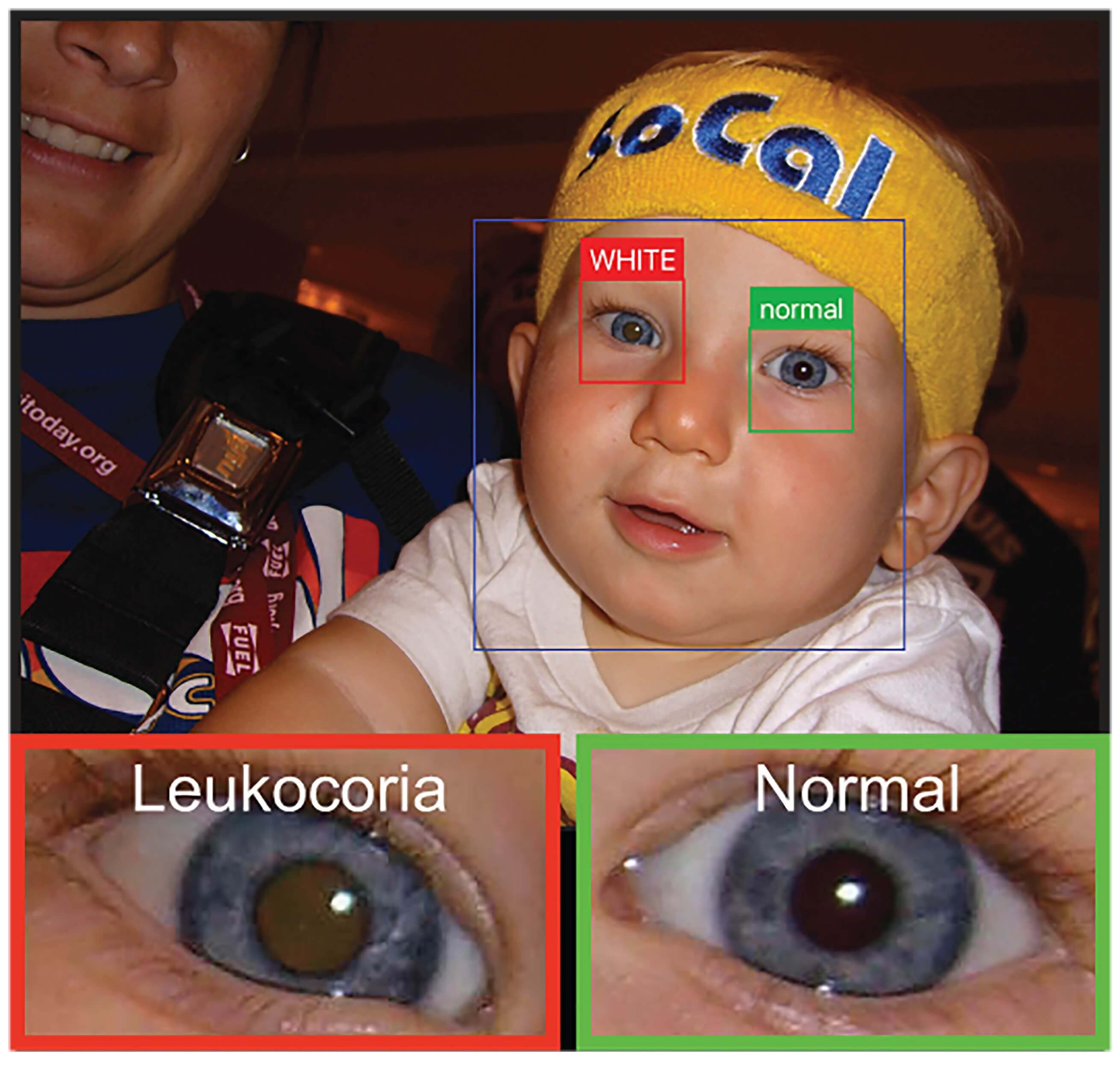Why it matters: The significant role of technology in the advancement of healthcare reached another milestone recently when researchers built a mobile app that scans personal photos to check for signs of leukocoria-related eye diseases. Using artificial intelligence, the app is potentially able to detect "white eye" reflections in faces from older photos well before a doctor can diagnose it in a patient, thereby increasing the chances of saving an eye, or a life.
The 'White Eye Detector' app developed by Dr Bryan Shaw, an associate professor at Baylor University in Waco, Texas, and his team, searches casual portraits stored on smartphones for signs of leukocoria: the appearance of a white reflection in the pupil of the eye.
The research article published in the Science Advance journal sheds light on the CRADLE (ComputeR-Assisted Detector of LEukocoria) prototype mobile application, an idea which Dr Bryan came up with after his 4-month-old son was diagnosed with retinoblastoma in both his eyes.
Contrary to a red eye reflection which usually appears in flash photography and is deemed to be a sign of a healthy eye, white reflection from the pupil could indicate problems like retinoblastoma, cataracts, or Coats Disease that ultimately leads to the loss of vision.
An early diagnosis of such eye disorders is very important. "With retinoblastoma, every month counts," says Bryan. "Tumors grow rapidly and when you start seeing the white eye, you have about six months to a year before the tumor starts to break up and metastasize down the optic nerve to the brain and kills you."

The app works with the help of neural networks and is trained to spot white eye in family photos of babies and children. Nearly 53,000 photos of 40 children, from newborns to 7-year-olds, were tested on the app where one half of the sample had healthy eyes and the other half was diagnosed with a leukocoria-related eye disease.
CRADLE was able to spot leukocoria in 16 of the 20 children from photographs taken on an average of 1.3 years before they were diagnosed. Unilateral Retinoblastoma was caught with a 9-month average before diagnosis, a significant period of time that can mean the difference between saving and losing the eye.
It's equally useful for adults to check for potential symptoms but is particularly helpful for children and babies who have trouble with vision (but can't express it) and the fact that retinoblastoma cases mostly involve young children.
Shaw also warns that the app hasn't been approved by the US Food and Drug Administration and that the agency is also well aware of it. "This app cannot diagnose retinoblastoma or any other medical condition," notes the app's disclaimer and that it "can only detect white eye in photographs."
